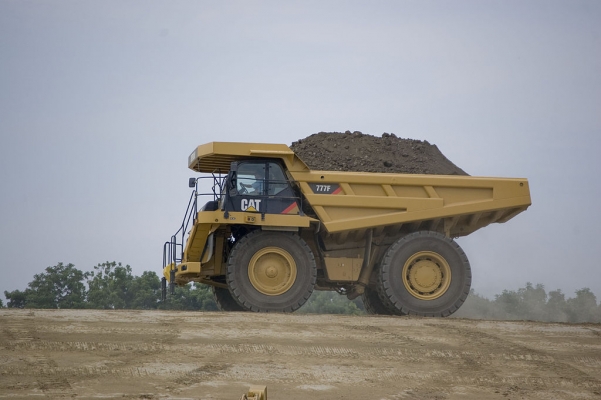Report: For transportation department fleet decisions, simpler may be better

Although specialized equipment and vehicles make up a large portion of state transportation budgets, an OTREC research report found little consistency in how states decide to replace this equipment.
Researchers David Kim and David Porter of Oregon State University surveyed 25 state departments of transportation to determine how they made replacement decisions. Nearly all consider the age of the vehicle or piece of equipment, with many considering how much use it gets.
Around half use thresholds, such as number of miles or months in service, to identify candidates for replacement. Some consider the equipment’s repair cost or operating cost, while others rely on physical inspections. None explicitly considers greenhouse gas emissions or other environmental concerns in its replacement criteria.
Given the huge range of approaches, Kim and Porter wondered if modeling could lead to better decision-making. They ran various models against the simple approach of using equipment age as a threshold value.
As it turns out, the simple approach isn’t too bad. In fact, it does better than one complicated mathematical model and about the same as a second model.
Click here to learn more about the project and download the report.
That may seem puzzling, but Kim said he wasn’t surprised. Models need good data to produce good results and most states don’t collect and process enough data to feed the most complex models.
“The simple explanation is a lot of those complicated models are looking at everything assuming it’s deterministic and everything is known,” Kim said. “But the way equipment is used, and the costs, there’s a lot of noise in that data.
“Those sophisticated models don’t do any better than the simple models.”
While one model tested did outperform the practice of simply replacing vehicles or equipment when they reached a certain age, it didn’t beat that practice by much. In addition, the technical knowledge to set up and run that model makes any advantage insignificant.
Some analyses fail to account for what the researchers called the “newest-first” practice; that is, people tend to use the shiny new vehicle or piece of equipment more than others in the fleet, even if they all work equally well. Any model that doesn’t account for this effect on the entire fleet won’t work well, Kim said.
The Oregon Department of Transportation’s replacement model doesn’t take into account everything it could, Kim said, but the department’s overall approach is sensible. ODOT cosponsored the research project.
“With ODOT, all the model does is give them a starting point of what needs replacing,” Kim said. “Any time decisions are made, [ODOT’s Fleet Services Section] goes to the regions and meets with people and they actually discuss each piece of equipment and say ‘What do you guys think?’
“Sometimes they’ll say, ‘That thing’s old, and the numbers say it needs to be replaced, but we don’t use it that much and it functions perfectly.’
“Other times they could say, ‘That new truck is a lemon.’”
Click here to download the final research report.
A separate part of this project, looking at the costs and benefits of buying different types of fleet vehicles, is in progress. Information on that research is here.
For more information on the entire project, “Green and Economic Fleet Replacement Modeling,” click here.
